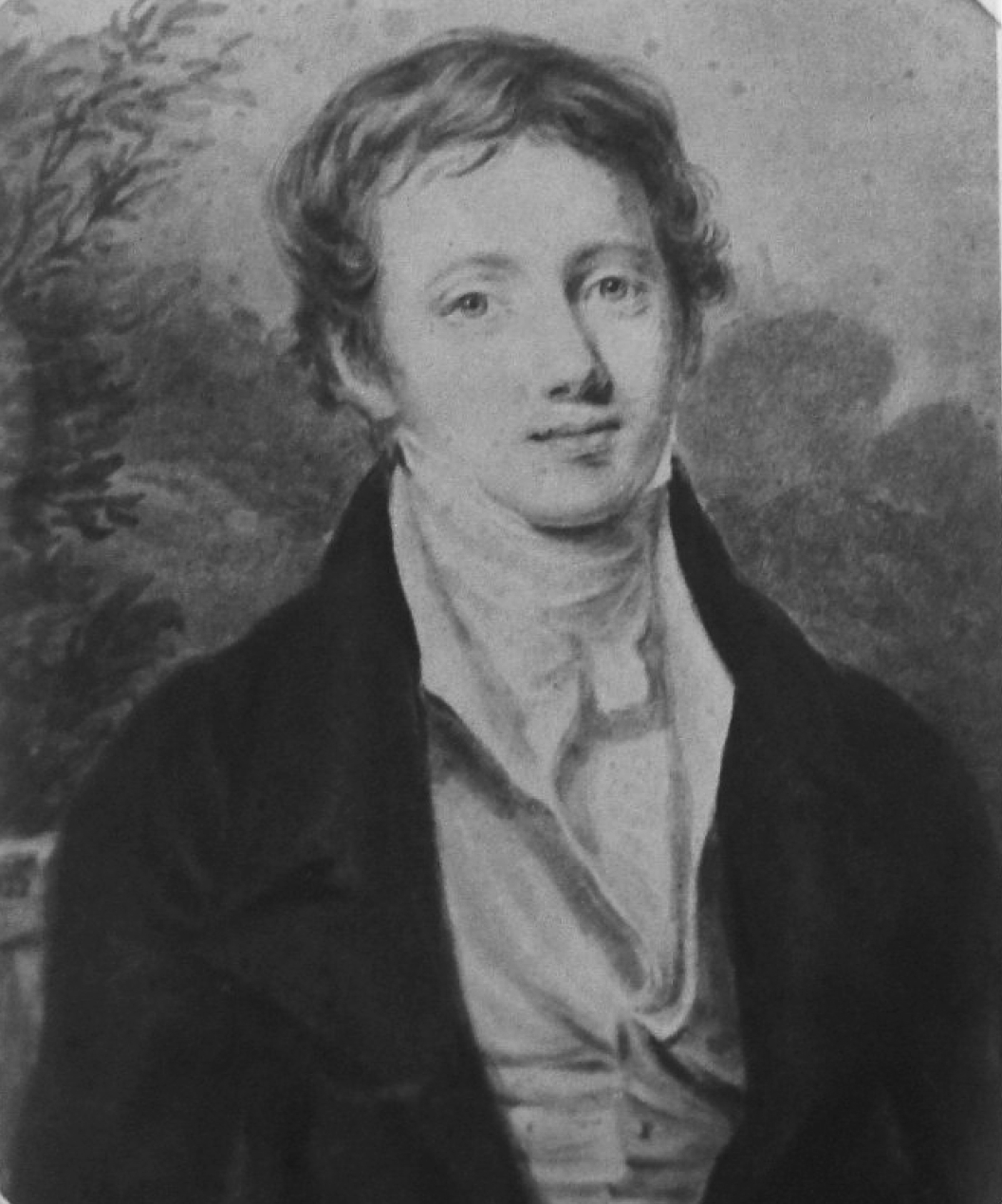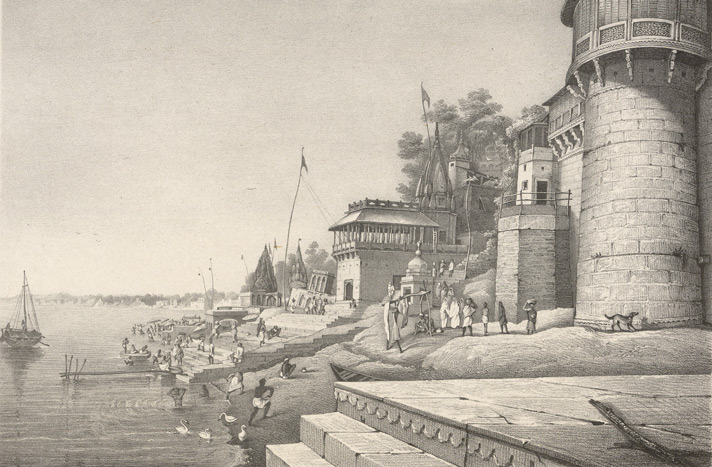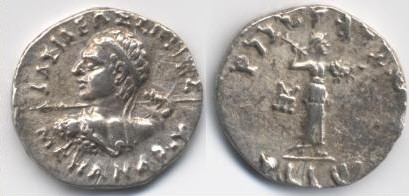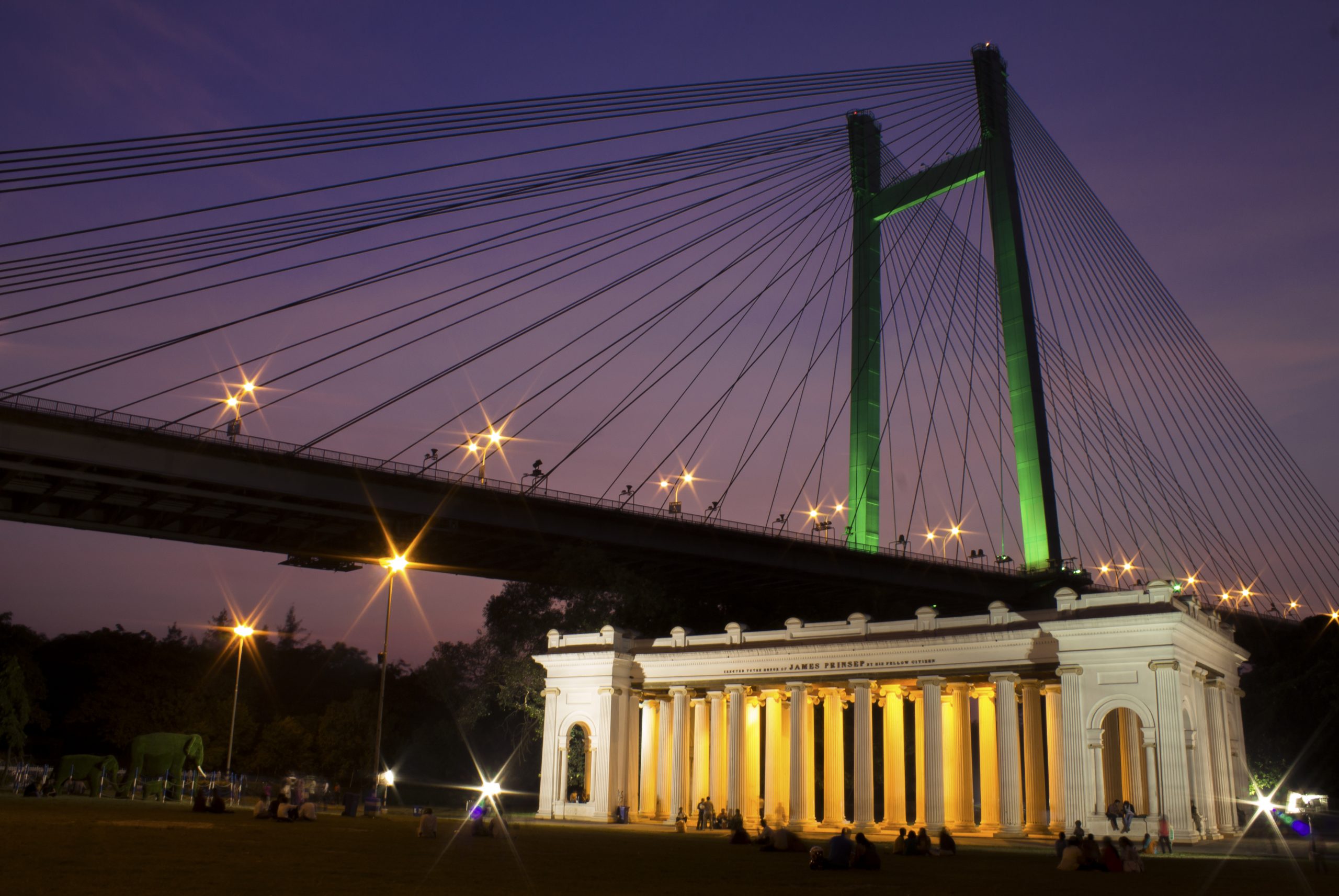Have you heard of Ashoka the Great? Of course you have. He was the powerful Mauryan King who ruled most of India, Pakistan and Afghanistan, 2200 years ago. Ashoka was also responsible for spreading Buddhism across large parts of Asia.
Now, have you heard of James Prinsep? Perhaps not – unless you are a history buff. He is the man who “discovered” Ashoka. You see, Ashoka left behind enormous information about his reign through inscriptions carved in stones, pillars and monuments. These inscriptions were in the Brahmi script, an ancient writing system which became obsolete by the 5th century CE. Over centuries, Indians forgot how to read them, and Ashoka’s history was lost. In 1838, James Prinsep, an English Indologist, completed deciphering these inscriptions and restored Ashoka to his rightful place in history. Without Prinsep, we may never have learnt so much about the life of Emperor Ashoka.

Prinsep did not start his career as an epigraphist; perhaps such a profession was unknown then. He wanted to be an architect, but an eye infection nearly blinded him. By the time he recovered, he had missed the opportunity. Prinsep sailed to India in 1819 and joined the Calcutta Mint. Within a year he was posted as Assay Master of the Benares Mint. Sailing down the beautiful Ganga river, he was charmed by the country and became an Indophile for life. He produced brilliant collections of lithographs and watercolours about life in Benares. His old passion for architecture got rekindled: he designed the new Mint at Benares, built a church and even restored the endangered Alamgir Mosque minarets of Aurangzeb. He charted a map of Benares, redesigned its drainage system and built a bridge over the Karmanasa river.

Amazingly, he accomplished all this while he was the Assay Master of the Mint. His was no mean responsibility: unless the mint’s coins were metallurgically perfect, they could be counterfeited. He ensured that, and much more. He published several scientific papers on metallurgical processes. His curious mind investigated all sorts of scientific phenomena. His research papers covered a wide range of subjects: Meteorology, Metallurgy, Metrology, Thermodynamics, Astronomy, Archaeology and Paleontology. The scientific community noticed him and elected him as Fellow of the Royal Society before he was twenty nine years old. He became the editor of the Asiatic Society Journal by the age of thirty.

Soon, Prinsep was recalled to the Calcutta Mint. Calcutta was the capital of British India, a very “happening” place in those days. Besides being the Assay Master of the Mint, he also became the honorary secretary of the Asiatic society. His boss, Horace Wilson, who was a noted Sanskrit scholar and Indologist, encouraged him. And Prinsep got more opportunities to pursue his enduring love - Numismatics. Being a Mint Master by profession, collection and analysis of coins came to him naturally. Moreover, given his status in the Asiatic Society, people kept sending him coins and artefacts for analysis; this sharpened his expertise. In fact, a large part of his coin collection is on display in the British Museum even today! Numismatics led Prinsep to another intellectual pursuit. He was fascinated by the inscriptions - in different languages and scripts - on the coins. This drove him to Philology, the study of languages, and Epigraphy, the study of scripts. Soon he had taught himself both these sciences. Slowly, he solved the mystery of the Ashokan edicts by deciphering the Brahmi script, and earned himself a permanent pedestal in Indian History! Watch this short video for the story of how the Brahmi script was decoded
Then came the tragedy. For nearly 20 years Prinsep had been driving his frail body to perform great feats in arts and sciences. The exhausted body collapsed. He was plagued by mysterious headaches. He returned to England to find a cure, but his illness worsened. He died in 1840, barely 41. When it came to his own life, Prinsep could not see the writing on the wall.
The grateful citizens of Calcutta raised a memorial, called the Prinsep Ghat for him on the banks of River Hooghly.

Comments are closed.
Archives
- January 2022
- December 2021
- November 2021
- August 2021
- March 2021
- February 2021
- January 2021
- December 2020
- November 2020
- October 2020
- September 2020
- August 2020
- April 2020
- March 2020
- February 2020
- January 2020
- November 2019
- October 2019
- September 2019
- August 2019
- July 2019
- June 2019
- August 2017
- February 2017
- January 2017
- October 2013
Featured Posts
- Tales that pots tell: Keeladi excavations AUGUST 18, 2021
- The Last Grand Nawab: Wallajah FEBRUARY 10, 2021
- How Tej Singh became Raja Desingu of Gingee FEBRUARY 5, 2021
- How Shahjahan seized the Mughal throne JANUARY 28, 2021
- Alai Darwaza – Qutub Minar Complex, Delhi NOVEMBER 21, 2020
- Marking History through British buildings NOVEMBER 17, 2020
- The last great queen of Travancore NOVEMBER 7, 2020
- Brahmi and the evolution of scripts OCTOBER 15, 2020
- The Cambodian King of Kanchipuram OCTOBER 14, 2020
- James Prinsep – the man who read the writing on the wall OCTOBER 10, 2020
- Mariamman – the Village Goddess who travelled SEPTEMBER 30, 2020
- Misnamed Monuments of Mamallapuram SEPTEMBER 28, 2020









Very interesting and thought provoking.